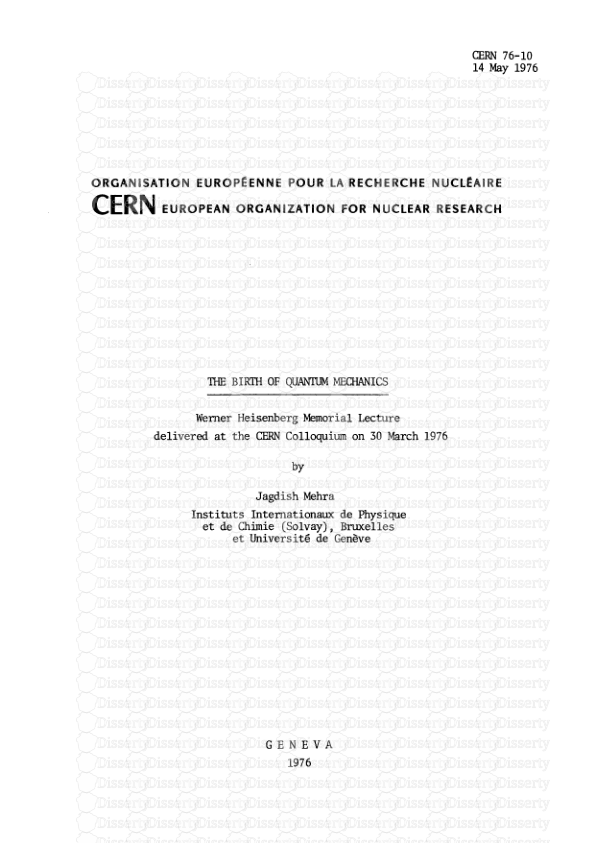C E R N 76-10 14 May 1976 ORGANISATION EUROPÉENNE POUR LA RECHERCHE NUCLÉAIRE C
C E R N 76-10 14 May 1976 ORGANISATION EUROPÉENNE POUR LA RECHERCHE NUCLÉAIRE CERN EUROPEAN ORGANIZATION FOR NUCLEAR RESEARCH THE BIRTH OF QUANTUM MECHANICS Werner Heisenberg Memorial Lecture delivered at the CERN Colloquium on 30 March 1976 by Jagdish Mehra Instituts Internationaux de Physique et de Chimie (Solvay), Bruxelles et Université de Genève G E N E V A 1976 © Copyright CERN, Genève, 1976 Propriété littéraire et scientifique réservée pour tous les pays du monde. Ce document ne peut être reproduit ou traduit en tout ou en partie sans l'autorisation écrite du Directeur général du CERN, titulaire du droit d'auteur. Dans les cas appropriés, et s'il s'agit d'utiliser le document à des fins non commerciales, cette autorisation sera volontiers accordée. Le CERN ne revendique pas la propriété des inventions brevetables et dessins ou modèles susceptibles de dépôt qui pourraient être décrits dans le présent document; ceux-ci peuvent être librement utilisés par les instituts de recherche, les industriels et autres intéressés. Cependant, le CERN se réserve le droit de s'opposer à toute revendication qu'un usager pourrait faire de la propriété scientifique ou industrielle de toute invention et tout dessin ou modèle dé- crits dans le présent document. Literary and scientific copyrights reserved in all countries of the world. This report, or any part of it, may not be reprinted or trans- lated without written permission of the copyright holder, the Director-General of CERN. However, permission will be freely granted for appropriate non-commercial use. If any patentable invention or registrable design is described in the report, CERN makes no claim to property rights in it but offers it for the free use of research institutions, manu- facturers and others. CERN, however, may oppose any attempt by a user to claim any proprietary or patent rights in such inventions or designs as may be described in the present document. ŒRN 76-10 14 May 1976 ORGANISATION EUROPÉENNE POUR LA RECHERCHE NUCLÉAIRE CERN EUROPEAN ORGANIZATION FOR NUCLEAR RESEARCH THE BIRTH OF QUANTUM MECHANICS Werner Heisenberg Memorial Lecture delivered at the CERN Colloquium on 30 March 1976 by Jagdish Mehra Instituts Internationaux de Physique et de Chimie (Solvay), Bruxelles et Université de Genève G E N E V A 1976 - Ill - Abstract In an attempt to give an exact mathematical formu lation of Bohr's Correspondence Principle, Heisenberg (June 1925) discovered the rules governing the beha viour of quantum-theoretical magnitudes. In fall 1925 Born, Heisenberg and Jordan and, independently, Dirac, formulated consistent algebraic schemes of quantum me chanics. Early in 1926 Schrodinger developed wave me chanics. In quick succession were discovered : Born's probability interpretation of the wave function, the transformation theory of Dirac, Jordan and F. London, Heisenberg 1s Uncertainty Relations and Bohr's Princi ple of Complementarity. By September 1927 the basis of a complete theory of atomic phenomena had been esta blished. Aspects of this development, in which Heisenberg played a central role, are presented here as a tribute to his memory. pnoto a nr~CAs*%*%^\. éùu^ - V - FOREWORD Professor Werner HEISENBERG, one of the greatest physicists of all times, died on 1 February 1976. His distinguished career was marked by many scientific contributions and activities in public life. Werner Heisenberg, born on 5 December 1901 in Wurzburg, studied physics in Munich and Gôttingen, and took his doctoral degree in 1923 with A. Sommerfeld. He worked in 1924/25 with Niels Bohr in Copenhagen, and was appointed professor at the University of Leipzig in 1927. The 1932 Nobel Prize for Physics was awarded to him in 1933 for his work in quantum mechanics. In 1941 he became Director at the Kaiser Wilhelm Institute for Physics in Berlin and, in 1946, he took over the direction of the successor institution, the Max Planck Institute for Physics in Gôttingen, which was transferred to Munich in 1958. He retired in 1971. After World War II, Werner Heisenberg played a leading role in the reconstruction of science in Germany and in the development of European scientific collaboration, including the first deliberations which led to the establishment of CERN. In 1952 he chaired the Committee which was set up at the first session of the Interim Council, with the task of preparing re commendations on type and energy range of accelerators to be constructed by CERN. In addition to being one of the represen tatives of the Federal Republic of Germany in various Council sessions Werner Heisenberg was a member of the Scientific - VI Policy Committee of CERN from its creation in 1954 until 1961. He was the first Chairman of the Committee and served in this capacity until 1957. His last official function at CERN was the inauguration of the ISR in October 1971. Werner Heisenberg made important contributions to many branches of theoretical physics, in particular to the theory of turbulence, of ferromagnetism, of nuclear forces and, in the last decades of his life, to elementary particle physics. His most fundamental and celebrated work was on the foundation of modern quantum mechanics. This work was reviewed by Professor Jagdish Mehra in a Memorial lecture entitled "The Birth of Quantum Mechanics", delivered at the CERN Colloquium on 30 March 1976. I take great pleasure in presenting this lecture as a CERN Report. L. Van Hove Research Director-General THE BIRTH OF QUANTUM MECHANICS Professor Van Hove, Ladies and Gentlemen : It gives me a great pleasure to address this distinguished Colloquium, and I find it particularly moving that this occasion is dedicated to the memory of Werner Heisenberg. Heisenberg made important contributions to the develop ment of many fields of quantum physics : atomic and molecular physics, physics of nuclei and elementary particles, and quan tum field theory — but it is with the discovery of quantum mechanics that his name is inalienably associated. The birth of quantum mechanics presents us with one of the most remark able episodes in the history of science ; it is as rich, com plex, dramatic, and touching as any in the history of human thought. It shall be presumptuous of me to pretend to invoke more than just a few images dealing with the ideas and events which led to the birth of quantum mechanics, and I invite you to share these images with me. 1. The Wolfskehl Endowment The birth of quantum mechanics bears a curious relation ship with Fermât's Last Theorem of 1637. In this theorem Fermât denied the existence of integers x, y, z, which satisfy the equation, x + y = z 11, for x, y, z ^ 0 and n > 2. This theorem has not yet been proved, but it is probably the problem for which the greatest number of incorrect 'proofs* has ever been - 2 - published. In 1906 the mathematician Paul Wolfskehl from Darmstadt bequeathed a sum of 100,000 Marks to the Royal Academy of Sciences in Gottingen to be given as an award to the first person who, during the next 100 years (i.e. up to 13 September 2007), would publish a complete proof of Fermat's Theorem. In 1908, the Wolfskehl Commission — consisting of Ehlers, Hilbert, Klein, Minkowski, and Runge — decided to use the interest on the principal, amounting to 5000 Marks per annum, for the pur- pose of inviting prominent scientists as guest speakers to Gottingen. There were those who asked Hilbert to submit the proof of Fermat's Theorem himself to win the Wolfskehl Prize, but he laughed it off by saying that, 'One should not kill the goose that lays the golden eggs. ' Henri Poincarê was the first person to be invited to Gottingen under the new arrangement in April 1909. In his first talk, on 22 April, he spoke on Fredholm's equations in connect- ion with the work of G.W. Hill and Helge von Koch. The rele- vance of this subject to quantum theory was not recognized until 1925. In his last lecture, on 28 April, on 'La mécanique nouvelle', the only one which he gave in French, Poincarê dis- cussed the Theory of Relativity — incidentally, without men- tioning the name of Einstein. Hendrik Antoon Lorentz was invited the following year. From 24 to 29 October 1910, he delivered six lectures on 'Old and New Problems of Physics', which were subsequently edited - 3 - by Max Born and published in the Phys ika1ische Zeitschrift. Lorentz devoted last three of these lectures to the problem of the black-body radiation. In spring 1913, Hilbert organized the Kinetischen Gas Kongress at Gbttingen, the lecturers at which were Planck, 3 Nernst, Debye, Lorentz, and Smoluchowski. In the summer semester of 1914, Sommerfeld gave a series of lectures on problems of mathematical physics, and in 1915 Hilbert invited Einstein to Gottingen. During the next three years the dis- 4 tinguished invitees were, respectively, Marian v. Smoluchowski , 5 6 Gustav Mie and Max Planck . At Hilbert's request extra funds from the Ministry of Education were added to augment the income from the interest on the Wolfskehl endowment, making it possible to invite a pro uploads/Science et Technologie/ organisation-europeenne-pour-la-recherche-nucleaire-european-organization-for-nuclear-research.pdf
Documents similaires

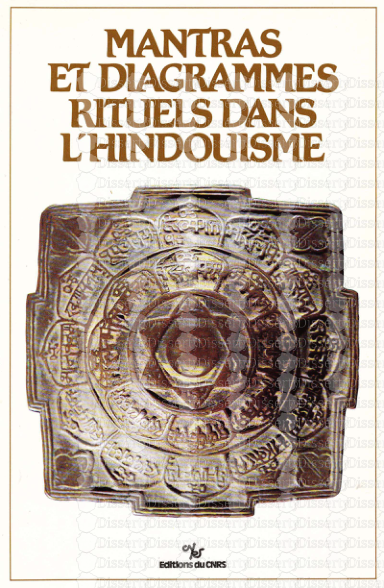
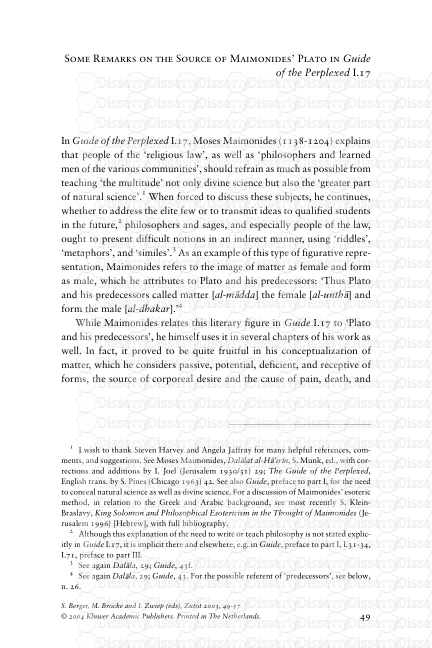

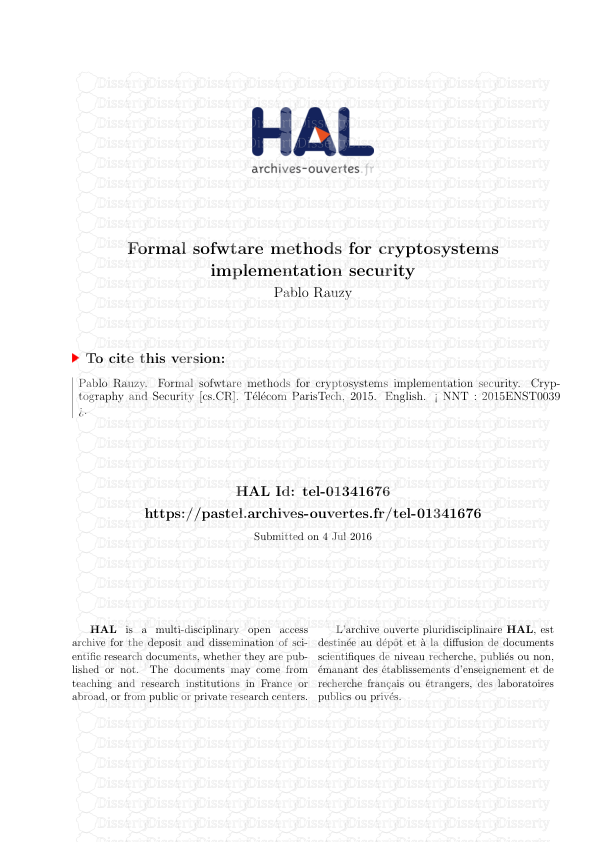
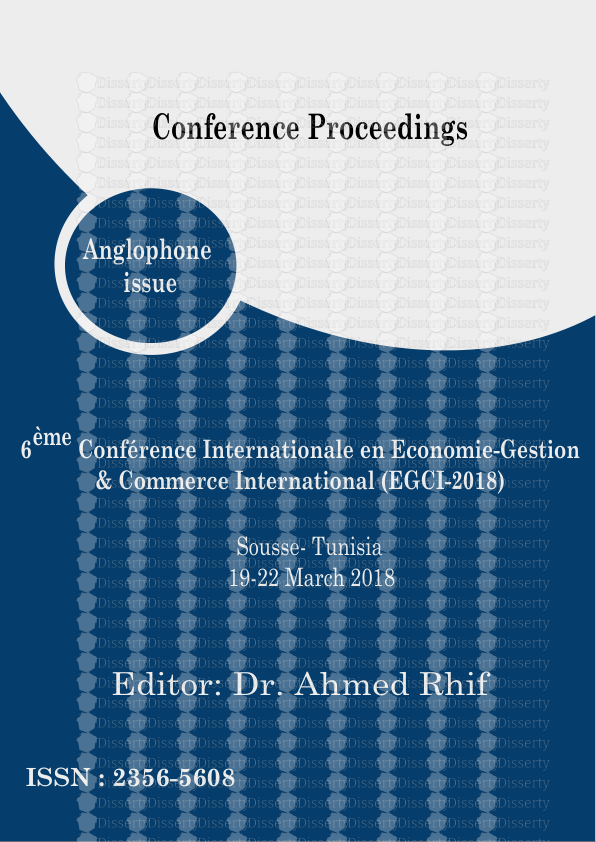


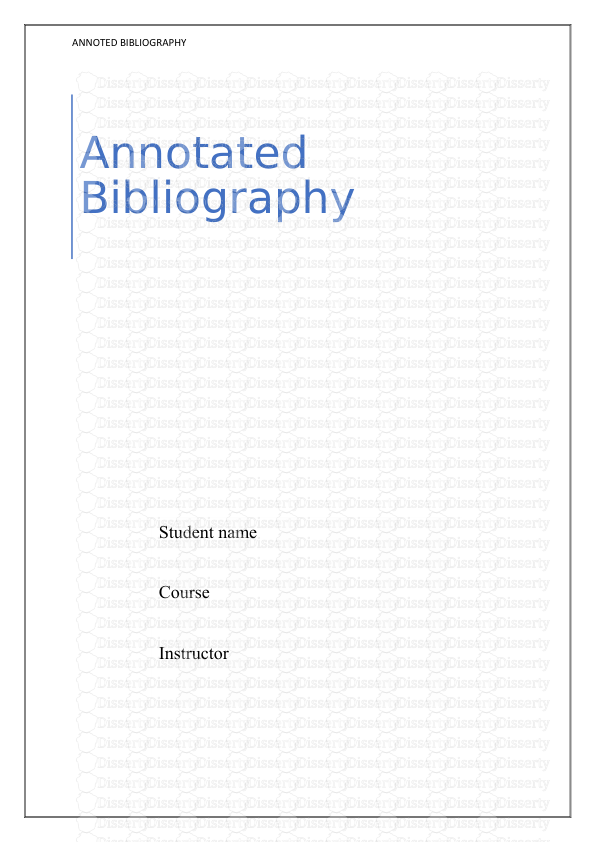
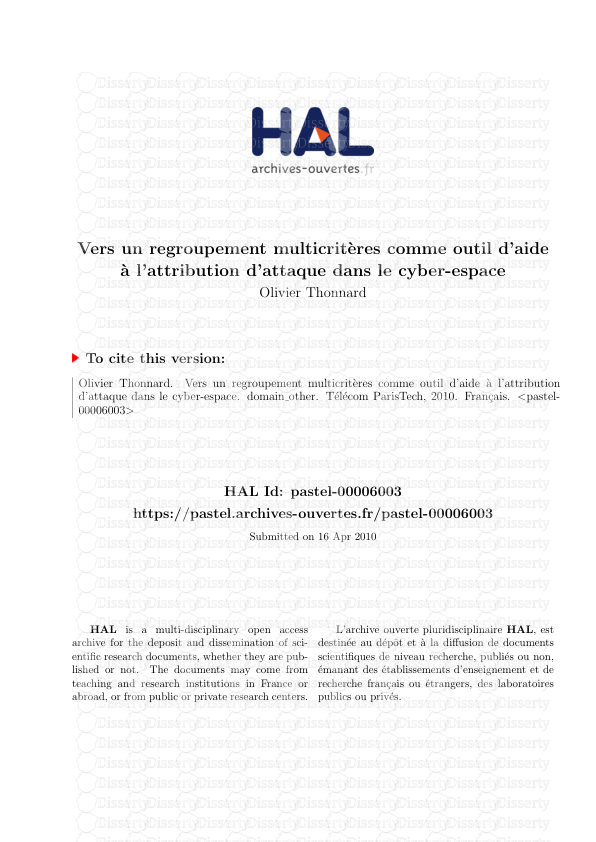
-
70
-
0
-
0
Licence et utilisation
Gratuit pour un usage personnel Attribution requise- Détails
- Publié le Jan 12, 2022
- Catégorie Science & technolo...
- Langue French
- Taille du fichier 0.7471MB


